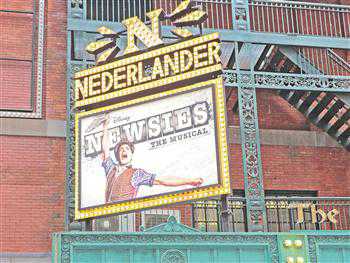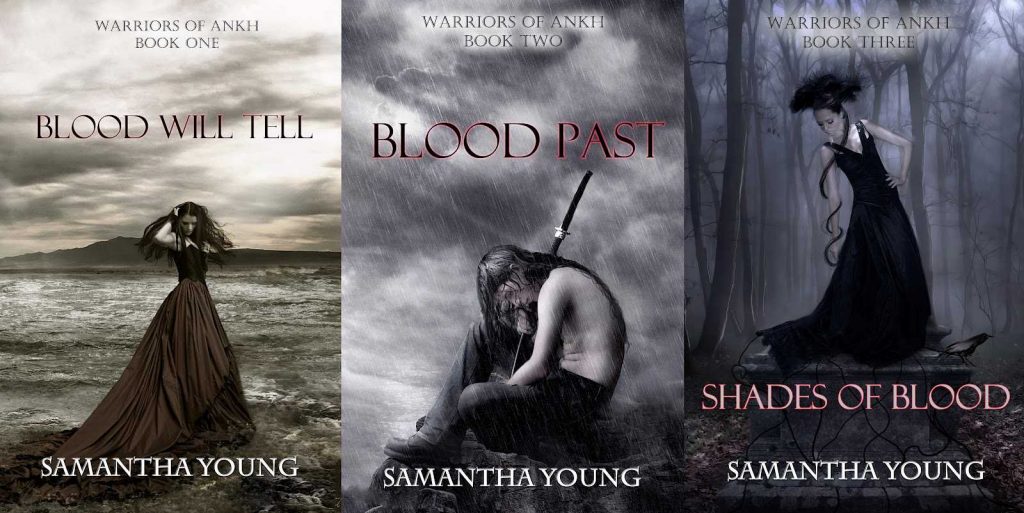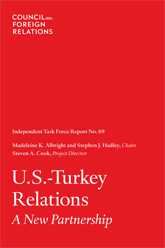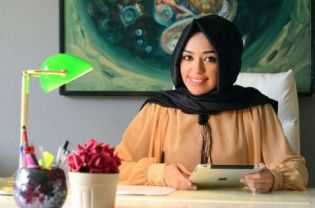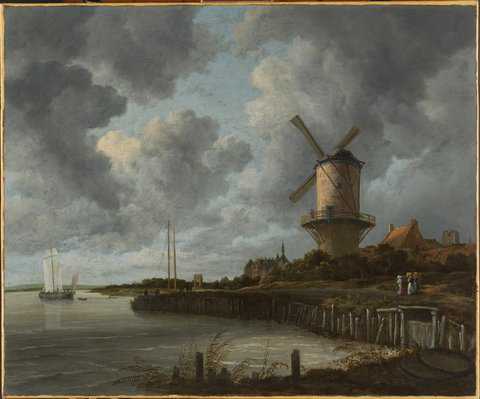
The Windmill at Wijk bij Duurstede,” circa 1670, by the Dutch artist Jacob Isaacksz van Ruisdael.
Turkey and the Netherlands are celebrating 400 years of diplomatic relations this year, and for Istanbul, that means compelling additions to the cultural calendar, including a major exhibit of Dutch Masters at the Sakip Sabanci Museum.
“Where Darkness Meets Light — Rembrandt and his Contemporaries: The Golden Age of Dutch Art,” which runs through June 10, takes advantage of the remodeling of the Rijksmuseum in Amsterdam and the availability of valuable 17th century portraits, still lifes, and objets d’art to travel as a result. (The Rijksmuseum is set to reopen next spring.)
Because the economy of the Netherlands was booming in the 17th century, thanks to a sailing fleet that could bring gold from the Americas, spices from Asia and carpets from the Ottoman Empire, there was a surge in the number of middle-class Dutch who could afford to buy or commission works of art. As trade boomed, so did painting.
“By choosing a couple of particular individuals from the Golden Era who had a kind of key role within society, we think that we will encourage the public a little bit more to identify with them,’’ said Pieter Roelofs, the Dutch curator, “and understand how the era’s art patrons functioned within Dutch society.’’
Turkish themes surface in many of the works, where tulips are given pride of place, and colorful carpets are shown decorating homes or artists’ studios. And be sure to look for the ingenious silver windmill cup, circa 1636, designed for drinking games: the brew had to be swallowed before the sails of the windmill stopped turning.
Other activities under the 400th-anniversary umbrella include a special floral design at the annual Istanbul tulip festival, and, throughout the year, special exhibitions at SALT Beyoglu in collaboration with the Van Abbe museum in Eindhoven, curated by Charles Esche and Vasif Kortun, the team that ran the 2005 Istanbul Biennial.
via Dutch Masters Travel to Istanbul – NYTimes.com.

